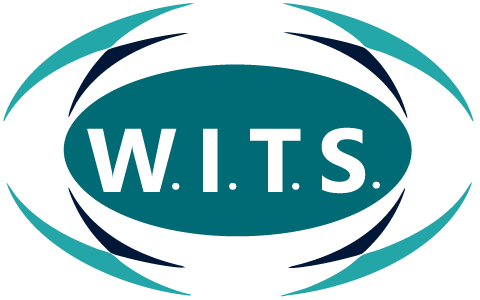Cueing Techniques for Fitness Professionals: Enhancing Safety, Enjoyment, and Intrinsic Value
Cueing Techniques for Fitness Professionals: Enhancing Safety, Enjoyment, and Intrinsic Value
In the realm of fitness training, the effectiveness of a session often hinges on the quality of communication between the fitness professional and their clients. Cueing, a fundamental skill in this domain, involves guiding clients through exercise with the aim of optimizing performance, ensuring safety, and enhancing the overall enjoyment of the workout. Here, we explore the essential cueing techniques that are pivotal for achieving these client goals.
Verbal Suggestions and Commands
Verbal suggestions and commands represent a critical component of effective cueing. This methodology involves the fitness professional articulating clear, concise, and timely instructions to guide the client's form, pace, and breathing throughout the exercise. It is crucial for instructors to utilize a language that is both accessible and motivational, tailoring their verbal cues to the individual's familiarity with exercise terminology and their specific fitness goals. Employing positive reinforcement and constructive feedback in real time can significantly enhance the client's understanding and execution of the movements, leading to improved technique and safety. Additionally, the strategic use of motivational phrases can boost the client's morale and engagement, reinforcing their intrinsic motivation to achieve their fitness objectives.
Verbal cues are the backbone of effective communication in fitness settings. These cues should be clear, concise, and timely to facilitate understanding and immediate application by the client. There are two primary categories of verbal cueing:
- Safety-Oriented Cues: These cues are designed to prevent injury and ensure that exercises are performed within the safe limits of the client’s capabilities. For example, cues such as "keep your spine neutral" or "align your knees over your toes during the squat" directly address the client's physical safety during the exercise.
- Enjoyment and Motivation-Oriented Cues: To foster a positive workout environment and encourage continuous engagement, cues should also focus on the enjoyment aspects of the exercise. Phrases like "feel the energy flowing through your body" or "imagine reaching your peak performance" can motivate clients and enhance the intrinsic value they find in their workout routines.
Visual and Demonstrative Cues
In addition to verbal suggestions, visual and demonstrative cues play a vital role in conveying correct exercise techniques and form. Fitness professionals can leverage their own body movements as a model, demonstrating the proper execution of an exercise before and during a client's attempt. This method of cueing allows clients to visually map the movements, facilitating a deeper understanding of the exercise mechanics.
Demonstrative cues are particularly effective when teaching complex movements or correcting improper form. By visually illustrating the correct posture and alignment, trainers can prevent common exercise-related injuries and enhance the effectiveness of the workout. Furthermore, incorporating visual aids such as mirrors can enable clients to self-correct in real time, fostering autonomy in their fitness journey.
It is imperative for fitness professionals to combine verbal and visual cueing techniques, adapting their approach based on the individual's learning style and level of experience. This holistic strategy ensures that clients not only perform exercises safely but also gain the confidence and knowledge necessary to maintain an active lifestyle beyond the training sessions.
Application in Client Goals
The application of these cueing techniques varies according to the specific goals of the client, such as improving safety, increasing enjoyment, and enhancing intrinsic motivation during workouts.
- For Safety: Precision in verbal cues is paramount. Detailed instructions that guide posture, alignment, and movement patterns can significantly reduce the risk of injuries and ensure a safe training environment.
- For Enjoyment: Personalizing verbal cues to reflect the interests and preferences of the client can make the workout more enjoyable. Acknowledging achievements and progress, even if minor, contributes to a positive atmosphere and encourages clients to persevere.
- For Intrinsic Value: Highlighting the benefits of each exercise and how they contribute to the client’s long-term goals can increase the intrinsic value found in workouts. Educating clients about the "why" behind their training regimen fosters a deeper understanding and appreciation for the process, driving intrinsic motivation.
Conclusion
Your best trainers engage all types of clients with all types of adjusted approaches like a chameleon. When it comes to cueing, fitness professionals must be versatile in their communication skills and strategies. As a result, clients will not only achieve their fitness goals but also enjoy the process of reaching them. By integrating verbal, visual, and demonstrative cues that cater to individual needs and objectives, fitness professionals can elevate the quality of their training sessions and foster a positive and motivating environment
In conclusion, the art of cueing in fitness training encompasses more than just the delivery of instructions; it is about connecting with clients on a level that respects their physical boundaries while pushing them towards their goals in a safe and enjoyable manner. By mastering verbal suggestions and commands, fitness professionals can significantly enhance the safety, enjoyment, and intrinsic value of the exercise experience for their clients. This not only leads to workouts that are more effective but also builds a foundation of trust and reliability between the trainer and client, cementing the professional's role as a trusted authority in the fitness industry.
